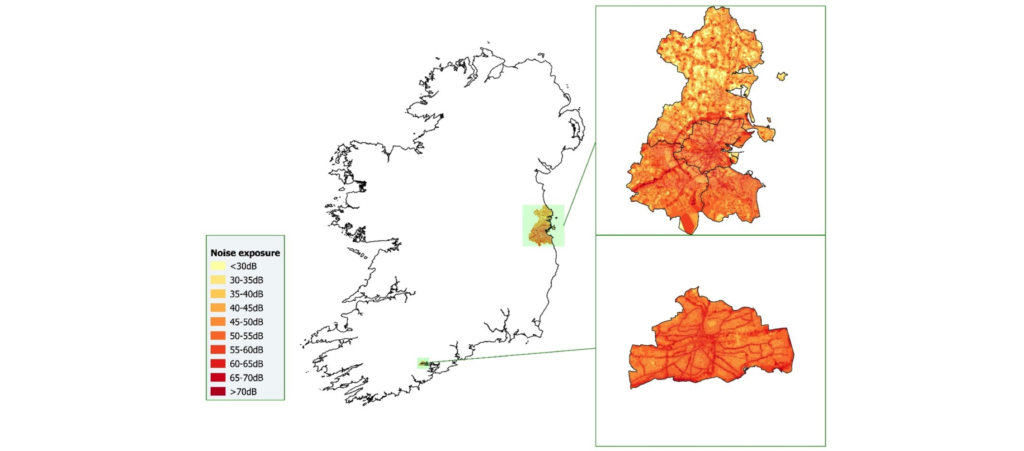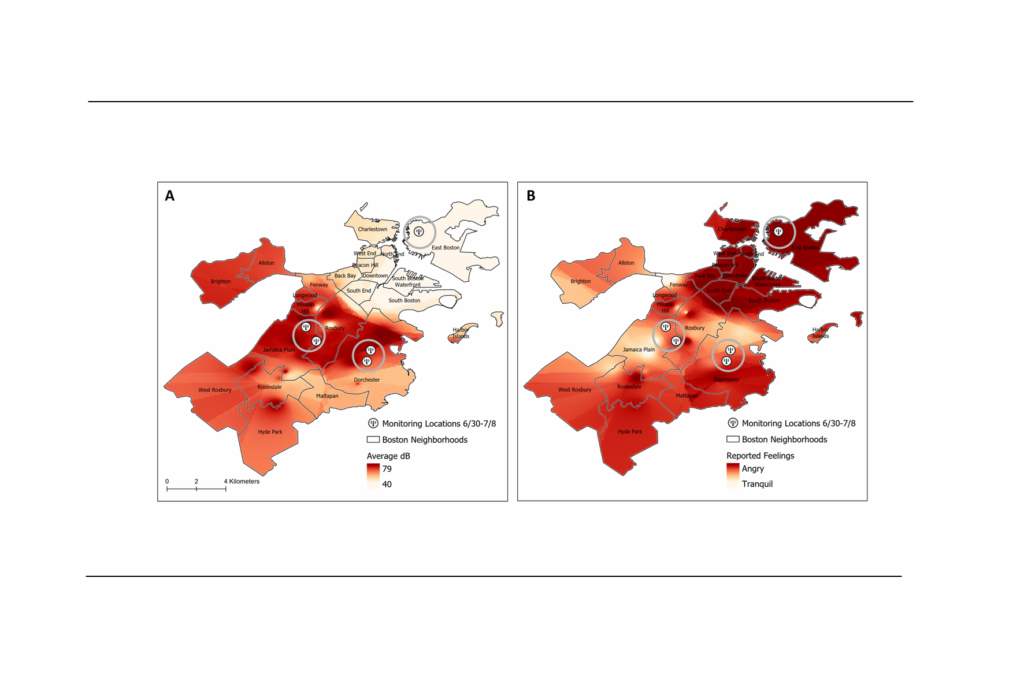City Know-hows

While play streets have proliferated globally, most are “one off” events, without a long-term neighbourhood presence. We identify key contextual elements that facilitated the local development of a long-standing play street in Paris, France aiming to regain public space for children. These contextual elements can be useful to other localities wishing to develop their own play street.
Share
Target audience
Mayors, urban planners, play associations, local associations interested in childhood and outdoor activities. Parents.
The problem
Play streets are gaining popularity around the world. In French cities, more and more residents and local associations wish to develop play streets. One-off play streets are especially popular to introduce residents to the concept of a play street. However, there is little research outlining the key contextual elements for developing long-term or recurring play streets; these confront different obstacles than one-off play streets and require different efforts from those developing the play street.
What we did and why
I conducted interviews, observations and took photos to analyse a locally developed, long-standing play street in Paris. I learned about the creation of the parent collective, its values and ambitions, networks and collaborations developed, and knowledge mobilized for the play street. I learned about opposition to the project, how this was confronted, and how legitimacy and political support was gained over the years. These elements are critical for understanding how a play street becomes established.
Our study’s contribution
This study adds information about how contexts surrounding a play street can promote its development.
1) Collaborating with play associations, mobilizing knowledge about play, activating local networks, receiving initial funding all promoted legitimacy, acceptance and confidence in the play street. This was critical to launch the play street.
2) Local priorities and strong leadership promoted enthusiasm among local families and commitment to the project, concretizing political support and helping the play street endure over time.
Impacts for city policy and practice
City policy and practice can help play streets develop and succeed, through;
• facilitating collaborations between play street leaders and play associations, helping create local networks and allocating initial funds. This can impact the acceptance, legitimacy and confidence in a play street project, making it more likely to launch and be successful.
• orienting local priorities to align with play street philosophy and politically supporting the play street leadership to encourage local enthusiasm and commitment to the project
Further information
Full research article:
Related posts

Want to know more about noise and mental wellbeing? Our latest research from two Irish cities.

Learn how the City of Boston engages local researchers, community residents, and city officials to combat illegal firework activity.

We ask whether streetscape design can be used to alleviate anxiety. Let’s understand how we can alleviate anxiety of the people on streets through their daily experiences while walking.